Blender 4.0: Shading & Texturing¶
Principled BSDF¶
The Principled BSDF node has been revamped to support a wide ranger of material types.
- Sheen uses a new microfiber shading model, and is the top layer above emission and coat. Traditionally sheen has been used for fuzzy cloth, but now it can also be used for dust on arbitrary materials.
- Coat was placed above the emission layer. This can be used to simulate for example an emissive phone screen behind glass. Coat tint and IOR inputs were added, so that it can be used for more than a white clearcoat.
- Subsurface scattering uses the base color instead of a separate color input. There is a new subsurface scale input to adjust the RGB radius.
- Specular reflection and transmission are now primarily controlled by a single index of refraction input. For texturing, a new IOR Level input adjust the amount of specular reflection. For artistic purposes, specular tint be can set to an arbitrary color.
- Metallic surfaces gained edge tinting using the specular tint input. This is an artist friendly parameter to render complex index of refraction, based on the F82 tint model.
- Multiple scattering GGX is more efficient to render in Cycles, and now used by default. Layering of the components as a whole is more energy conserving, which means existing materials can render slightly darker or lighter depending on the scene.
See the Principled BSDF manual page for details.
| Sheen to add layer of dust | Scene by Alaska using assets from Poly Haven. |
|---|---|
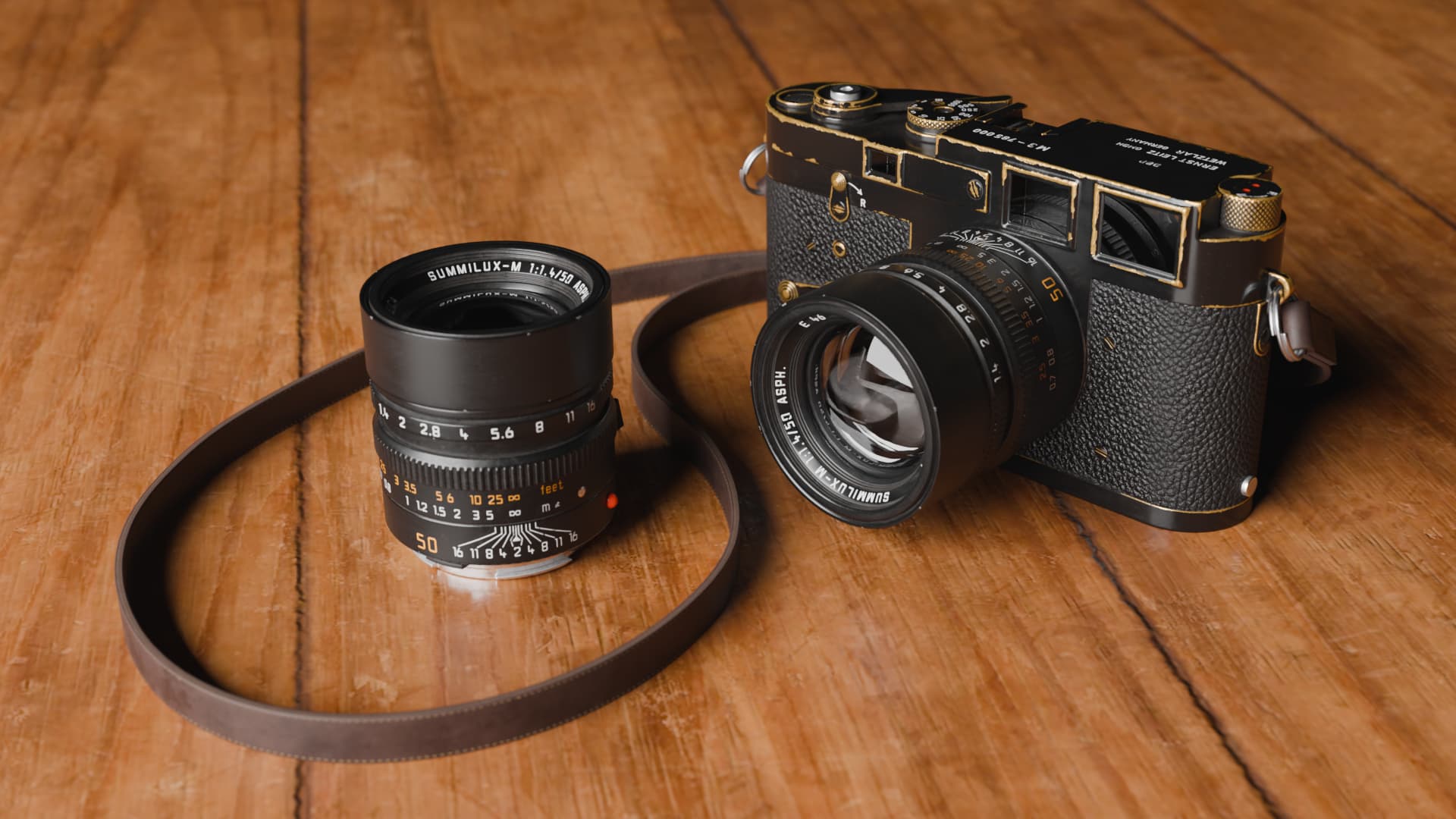 |
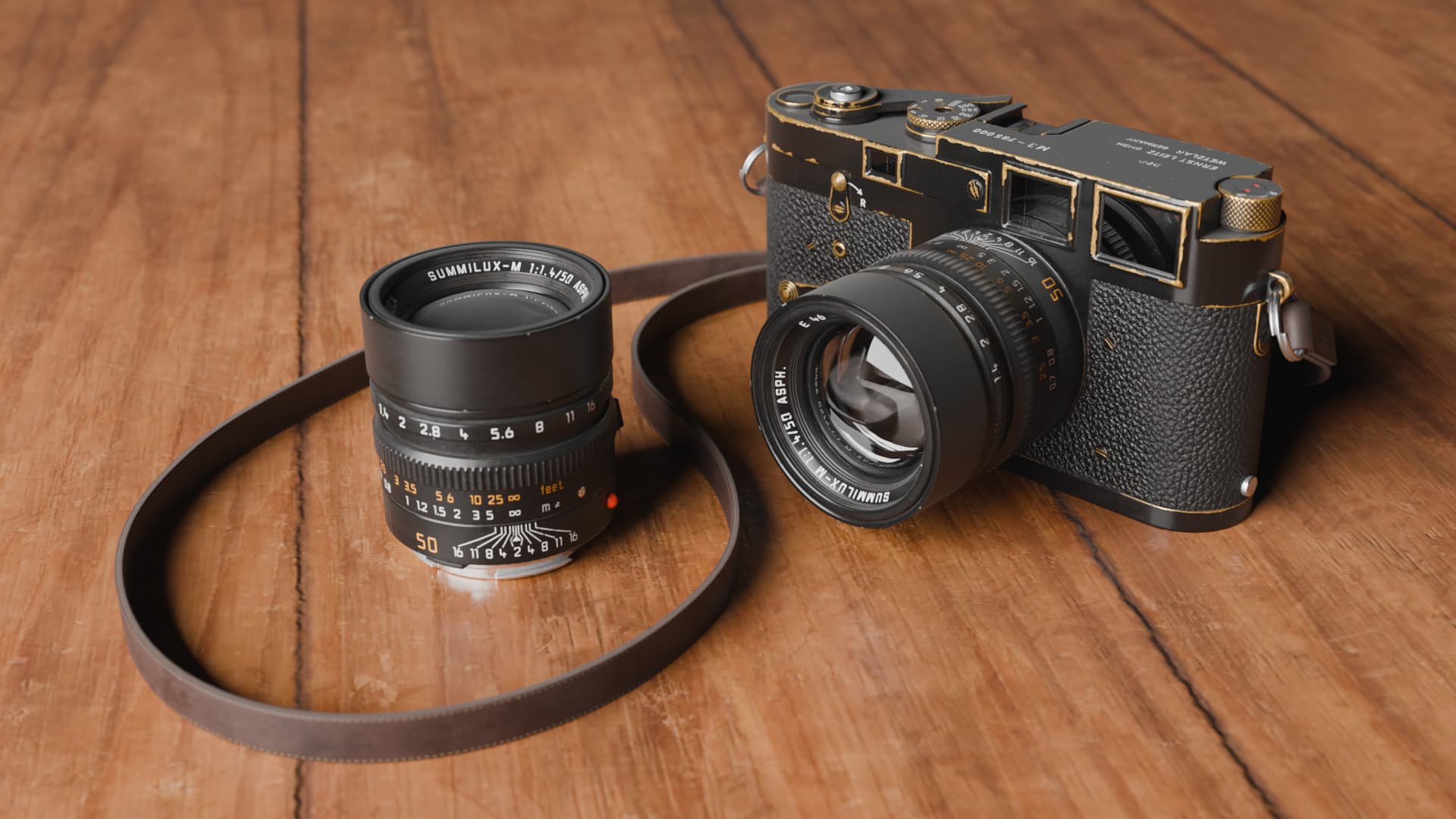 |


BSDF Nodes¶
- The Glossy and Anisotropic BSDF were merged into a single Glossy BSDF with anisotropy control. When opening files saved in 4.0 in older versions, all "Glossy BSDF" nodes will show up as Anisotropic BSDF nodes. (8cde7d8f8a)
- Normal Map now has better interpolation for the Strength input for tangent space normal maps, avoiding the normal going below the surface for strength larger than 1. This changes the looks of existing renders where Strength was not 1. (PR#109763)
- The Velvet BSDF node has been renamed to Sheen BSDF, and a new shading
model ("Microfiber") has been added as the default option. The
previous model is still available as "Ashikhmin", so existing files
remain unchanged. (PR#108869)
- The new model is an implementation of "Practical Multiple-Scattering Sheen Using Linearly Transformed Cosines" by Tizian Zeltner, Brent Burley and Matt Jen-Yuan Chiang, which approximates the effect of multiple scattering between normal-oriented microscopic fibers using LTC distributions.
- This BSDF is only supported in Cycles so far, in EEVEE it will be rendered as a diffuse BSDF.
Texture Nodes¶
Noise Texture¶
New inputs for the Noise Texture node, which generates fractal Perlin noise. (0702c24a36)
- Normalize: normalize output to be within 0..1 range. This is most useful for colors or blending factors, while bump or displacement does not need it.
- Lacunarity: the factor each successive layer is scaled with.
Voronoi Texture¶
The Voronoi Texture node has support for fractal noise now, to add multiple layers of details. There are 3 new inputs. (144ad4d20b)
- Detail: number of layers to compute.
- Roughness: how much influence the higher layers have on the final output
- Lacunarity: the factor each successive layer is scaled with.
Additionally a "Normalize" property was added, which if checked will remap the Distance and Color outputs to a [0.0, 1.0] range.
| Detail 1.0 | 2.0 | 4.0 |
|---|---|---|
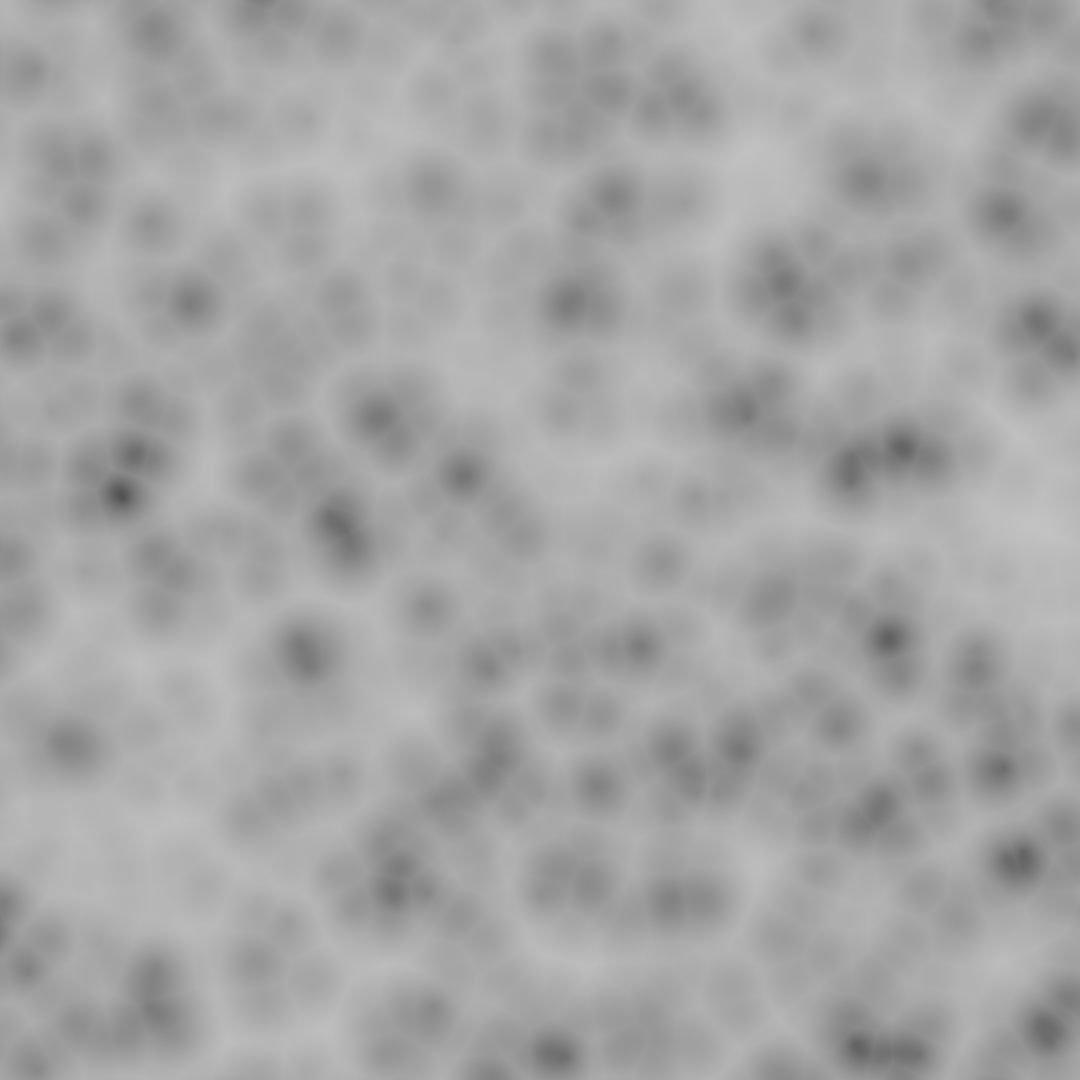 |
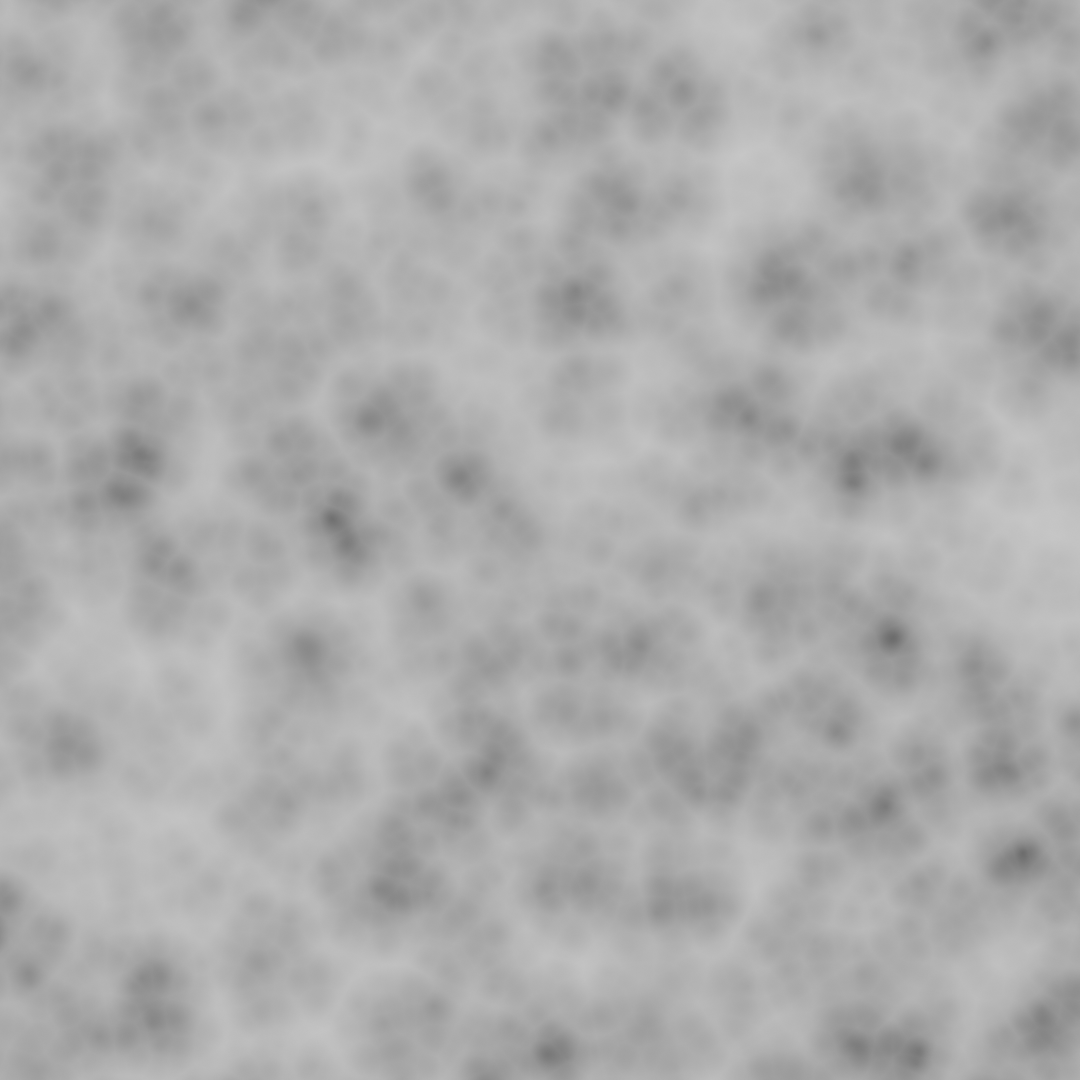 |
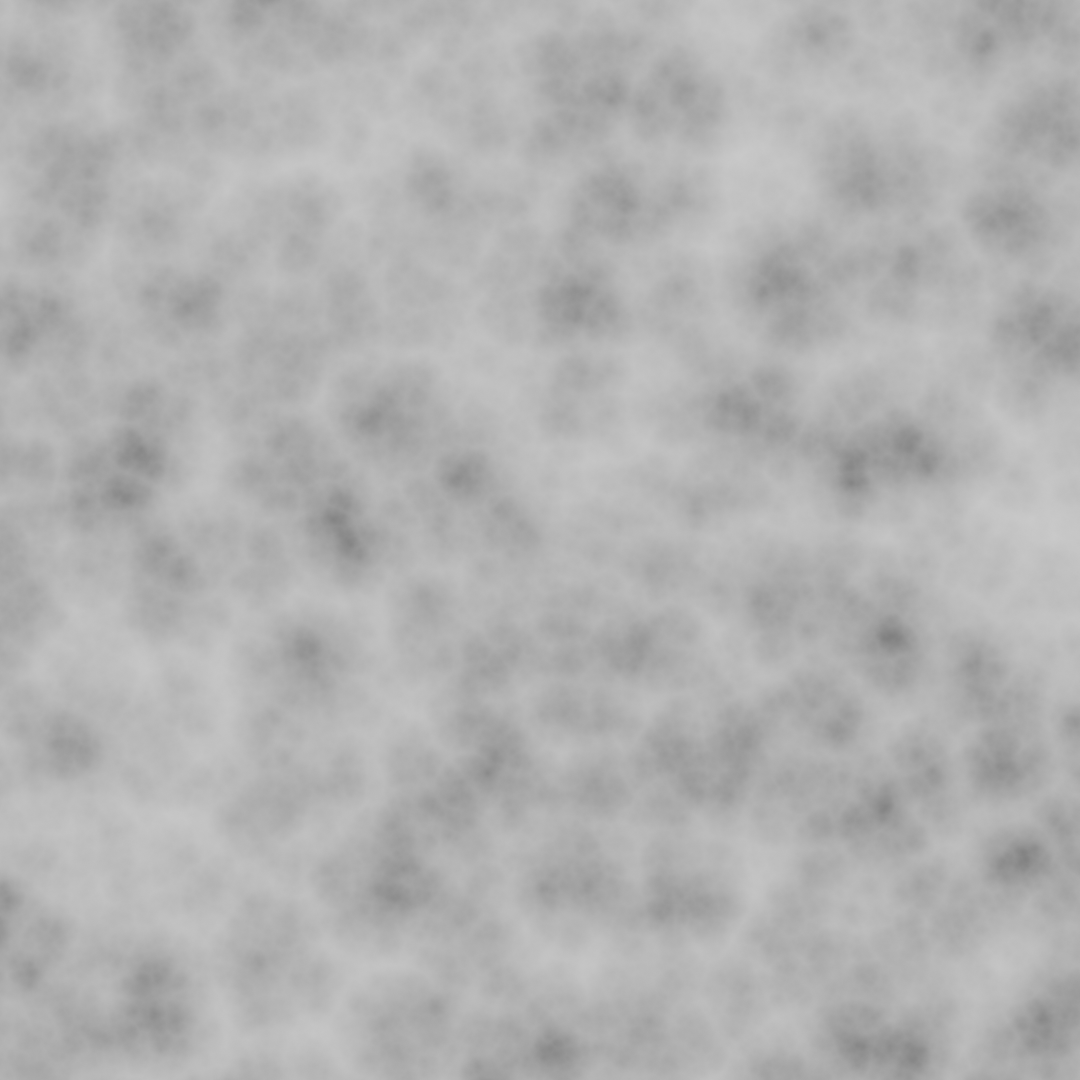 |
| Roughness 0.25 | 0.5 | 1.0 |
|---|---|---|
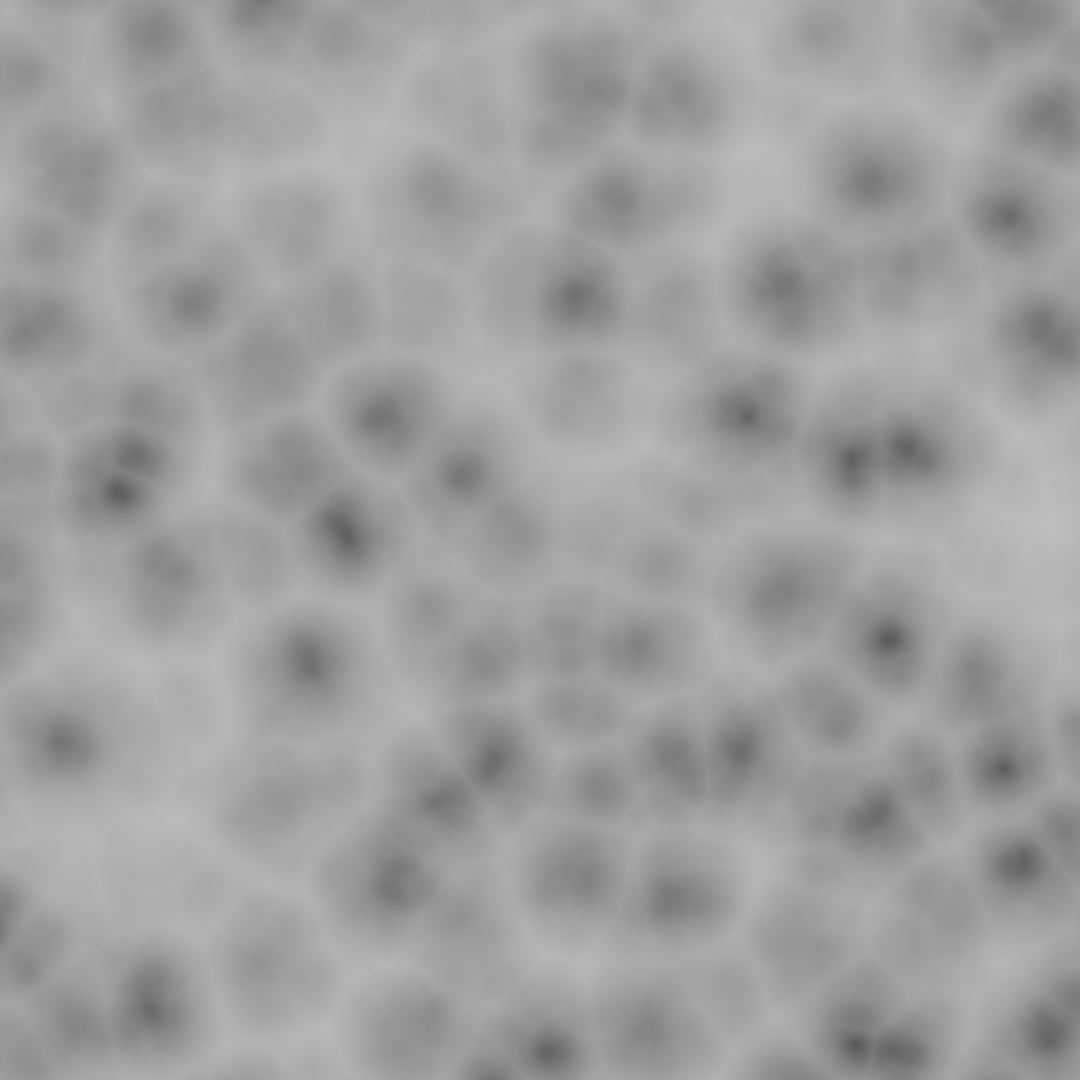 |
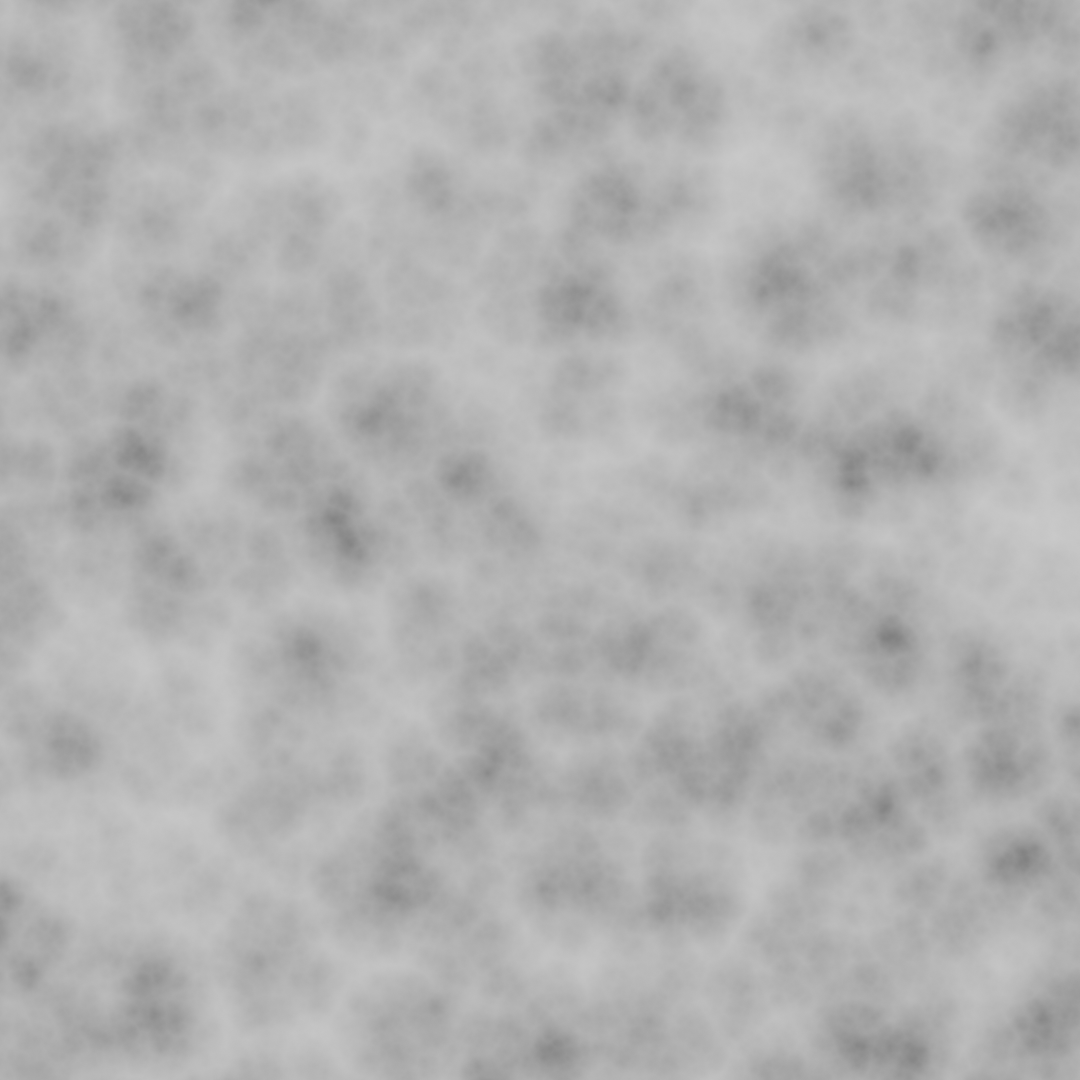 |
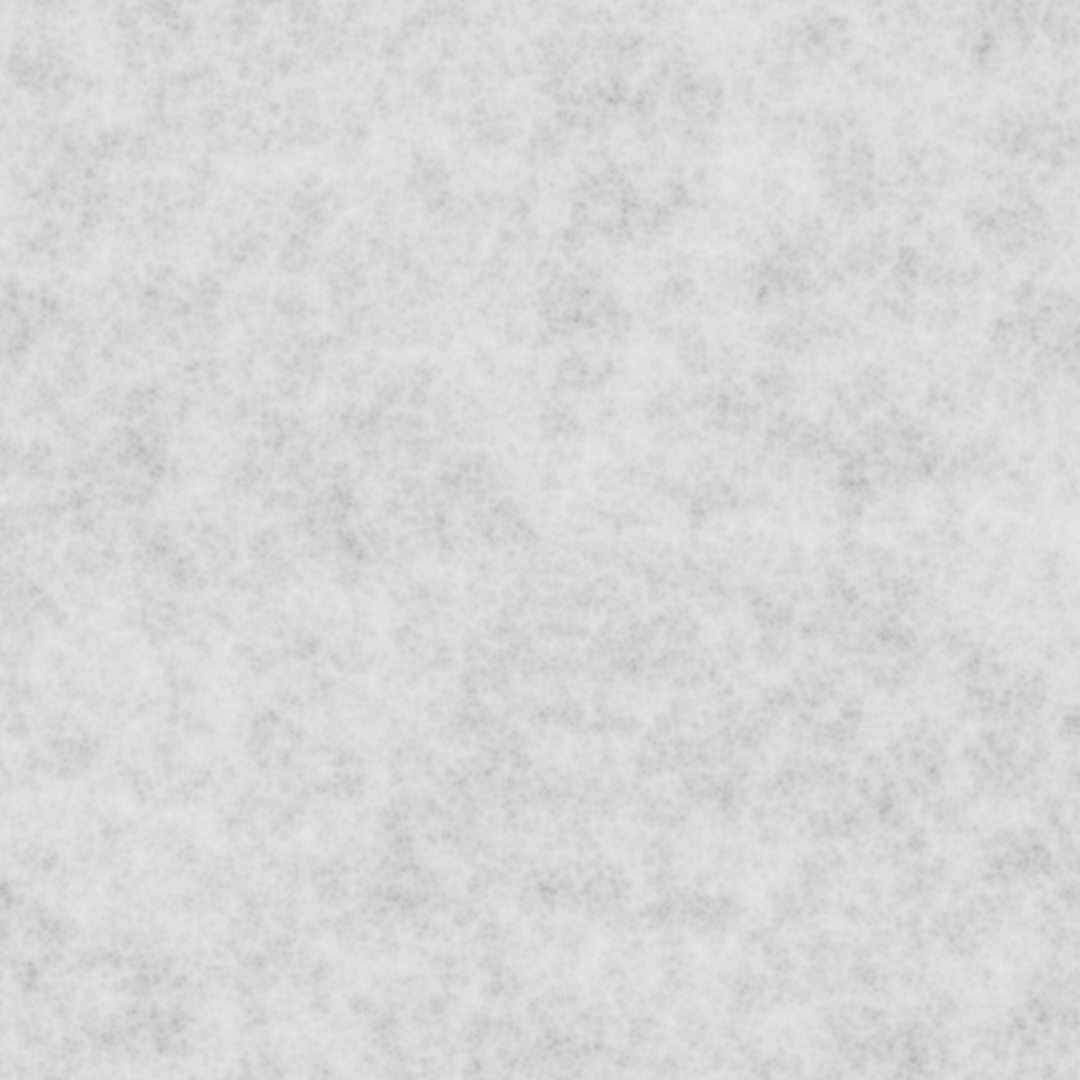 |
| Lacunarity 2.0 | 4.0 | 8.0 |
|---|---|---|
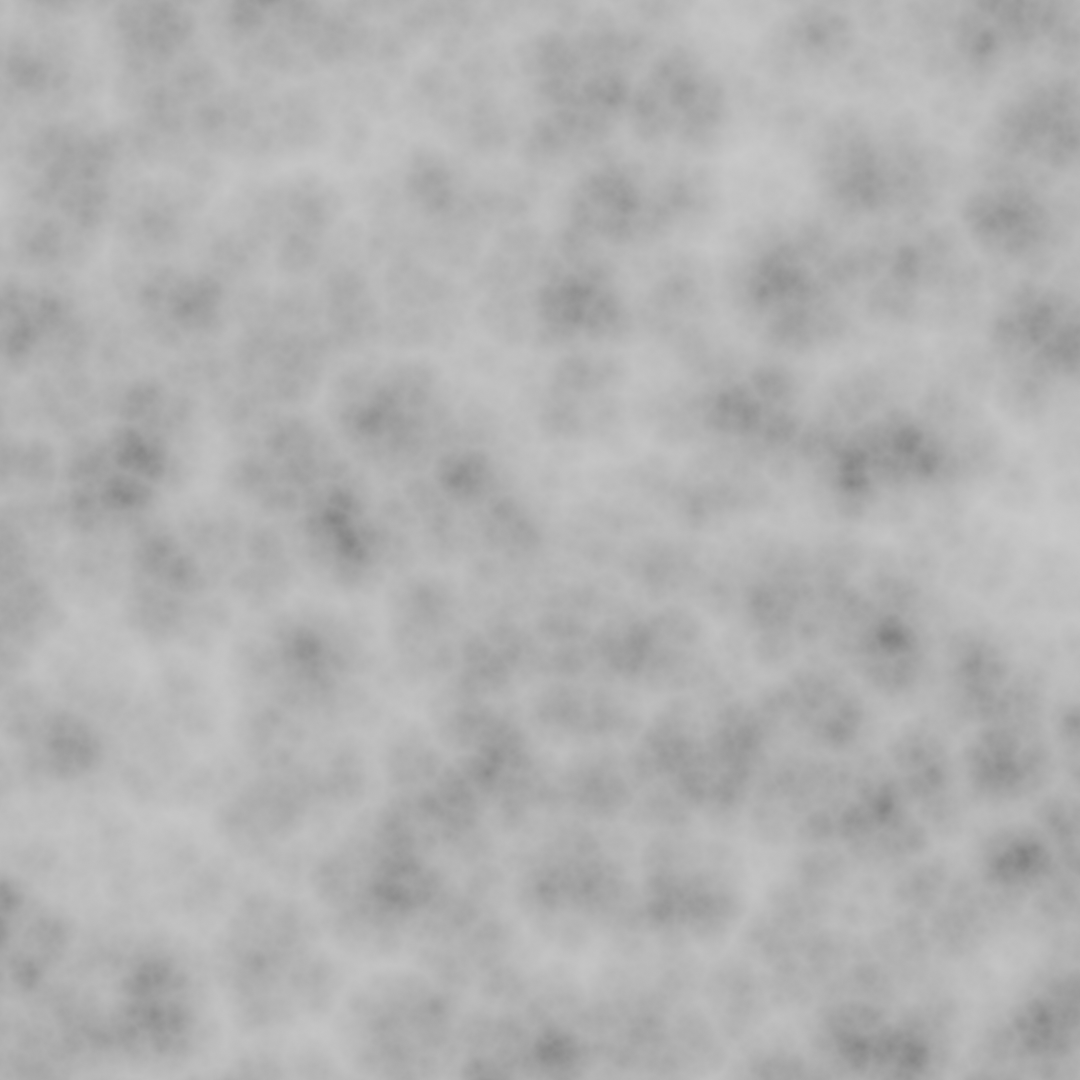 |
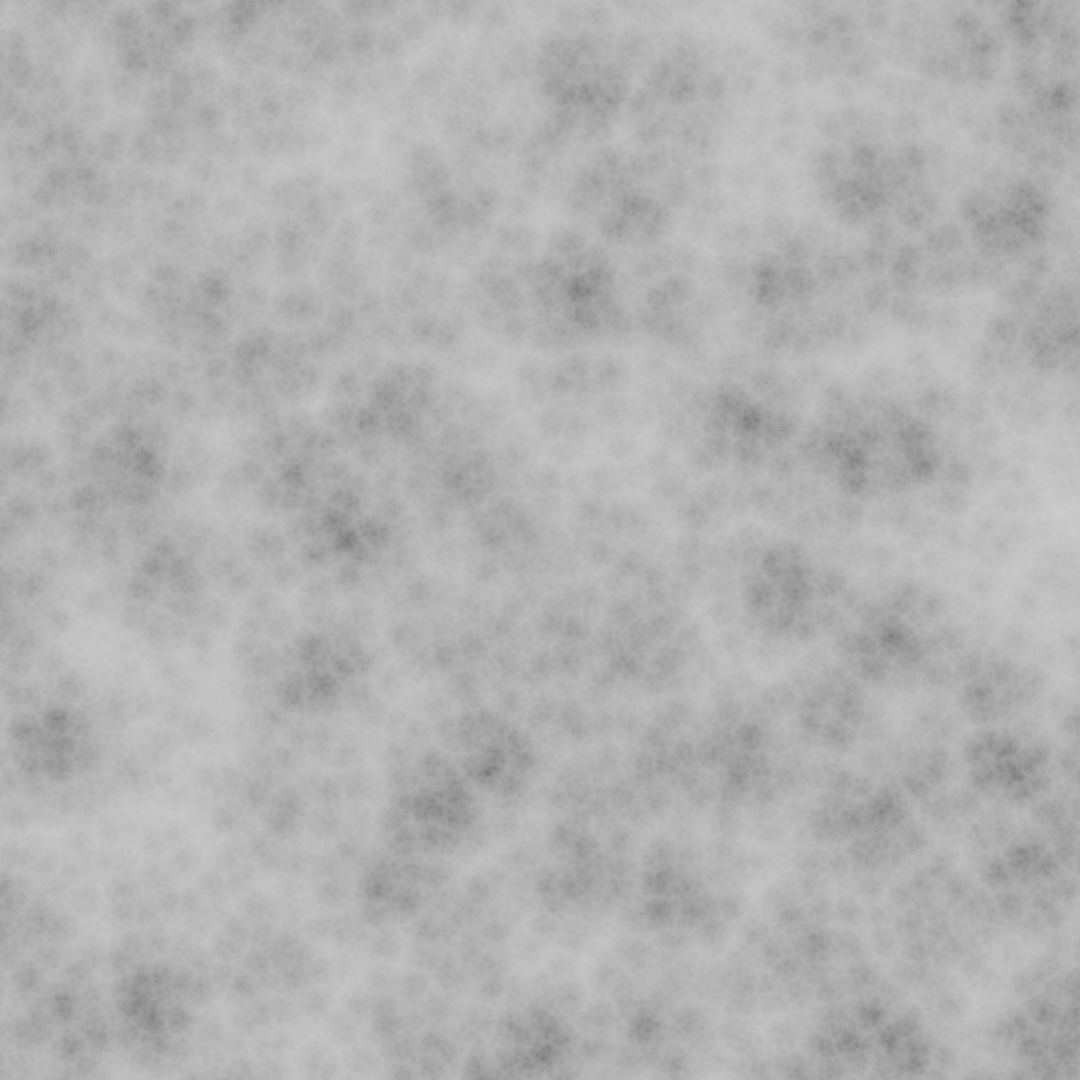 |
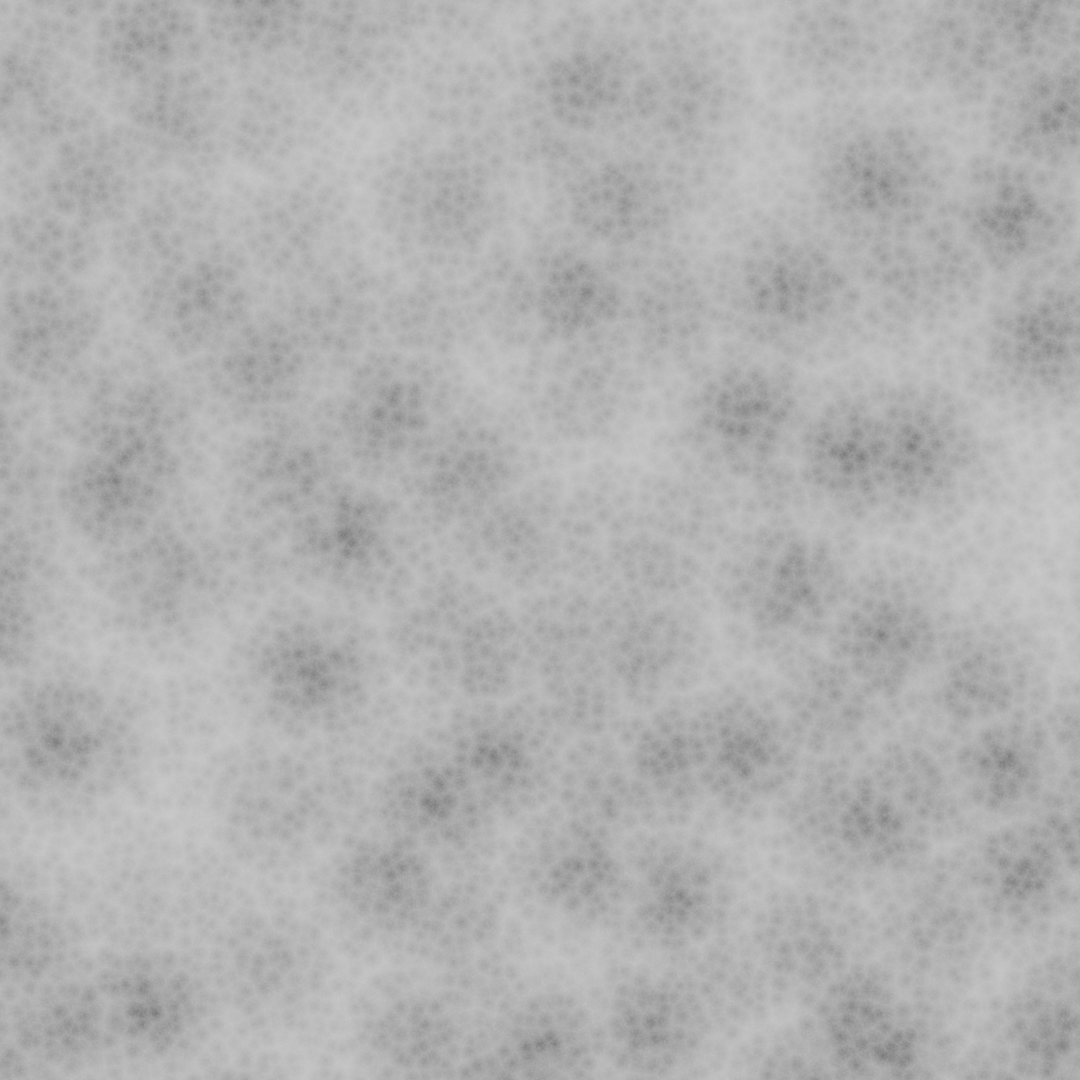 |
Lights¶
- Light UV is now available for all light sources in Image Texture node (PR#108691)
- Light sources have slightly different behaviors than before for
energy preservation and better compatibility with other renders
#108505,
including:
- Point light and spot light are changed to double-sided sphere lights (PR#108506 PR#109329). Besides, the light normal now points from light center to the sampled/intersected position on the sphere, any pipeline that was using the light normal should use the Incoming socket of the Geometry shader node instead.
- Sun light behaves better at large angular diameters, and gives the same intensity regardless of the angular diameter. (PR#108996)
- Corrected conversion factor for area lights (482211b7e0)